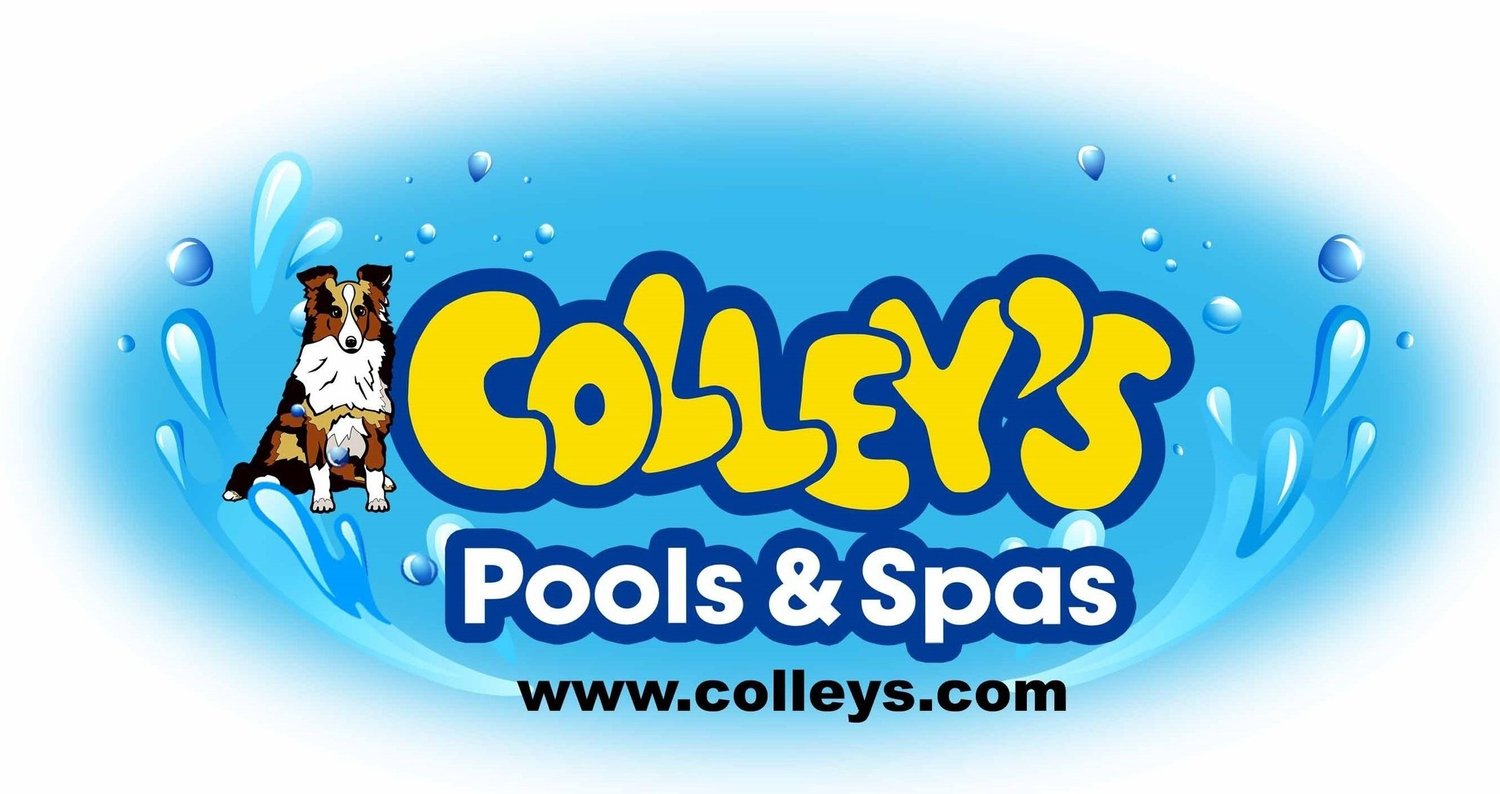What is a UV System and What Does it Do?
A UV system is a sanitation system that uses an ultraviolet light (UV) to eliminate chlorine-resistant micro-organisms with a kill rate of 99.9%. In essence, the UV system uses a powerful lamp to produce UV radiation inside a light chamber.
What is an Ozone System and What Does it Do?
Similar to the UV System, an Ozone system is also a sanitation system. It kills or removes viruses, bacteria, spores, mildew, and fungi. It actually oxidizes the water, which is a safe alternative to chlorine. Ozone systems draw oxygen into the ozone chamber that comes across a high output UV germicidal bulb which results in what is called ozone generation. Simply put, ozone quickly kills the germs it comes in contact with at the molecular level by ways of oxidation. After oxidation is complete, or if the ozone finds nothing to oxidize, it returns to molecular oxygen and dissipates. Using a tube injection method, the ozone flows back into the pool’s equipment, mixing the water with ozone and sanitizing.
Combining UV and Ozone
When combined, you get a sanitation system that works together in attacking and eliminating bacteria, viruses, and even those nasty water-born illnesses. When it comes to traditional chlorine pools vs. UV/Ozone pools, the only major difference is that you typically use about 80% less chlorine in a UV/Ozone pool.
If you are considering a UV/Ozone system it is best to consult your local Colley’s location with any questions or inquiries!

